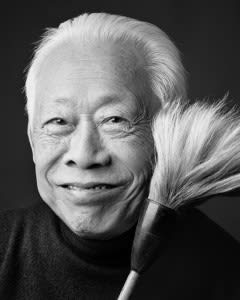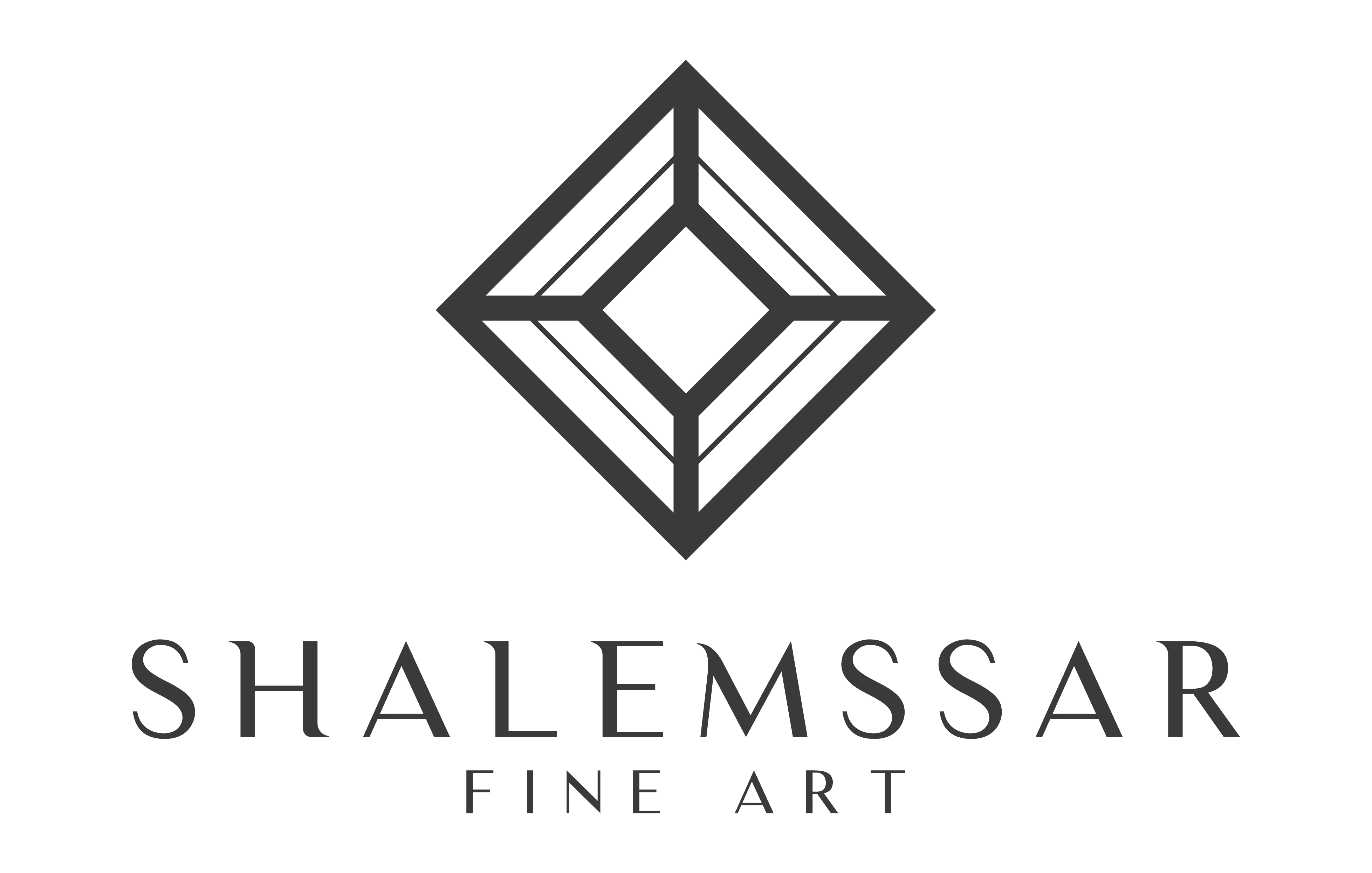
Zao Wou-Ki
Zao Wou-Ki (1921 - 2013) was born in Beijing, China. After attending the China Academy of Art in Hangzhou, Wou-Ki moved to Paris in 1947 to envelop himself in the abstraction movement of Europe. Combining both Chinese painting styles and Western abstraction, his work stood alone and was hastily entered into the Parisian art scene. With mentors like Joan Miró and Alberto Giacometti, Wao-Ki’s work was expressive, colorful and bold and began to incorporate more Chinese traditional painting techniques, such as calligraphy, into the 1950s. The network of abstract expressionist artists from across Europe and the United States allowed Wao-Ki to collaborate with other artists and inspired a multitude of different abstraction based projects. Wao-Ki’s sublime gesture work is obvious throughout his career, but his work took on a more dreamlike tone, creating luscious spaces and atmospheres during the 1970s. In 1994, Wao-Ki was the recipient of the Japanese Imperial Prize for painting and was a member of the Académie des Beaux-Arts. His work has been shown worldwide including at the Musée d’Art Moderne in Paris, the Marlborough Gallery in New York, the Macan Museum in Jakarta, Indonesia, and Levy Gorvy Gallery in New York. His works reside at museums such as the Tate Gallery in London, The Museum of Modern Art in New York, and the National Gallery of Art in Washington, D.C., among others.
